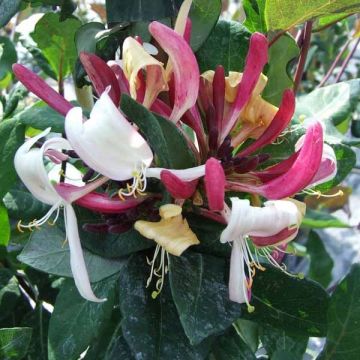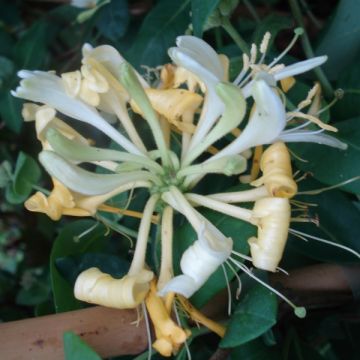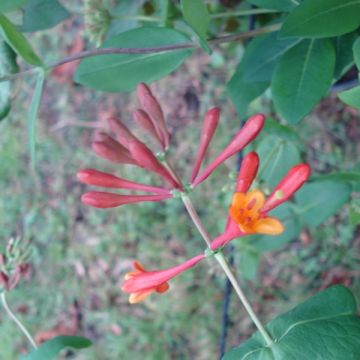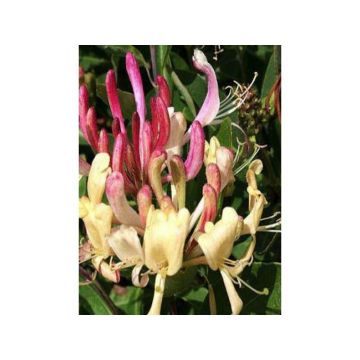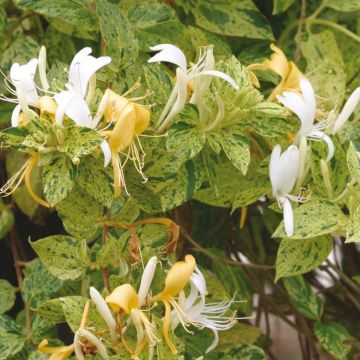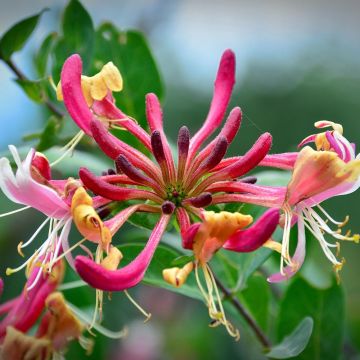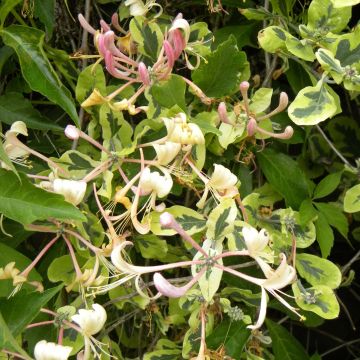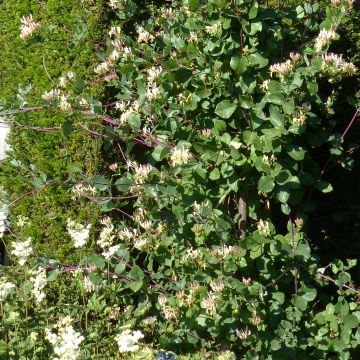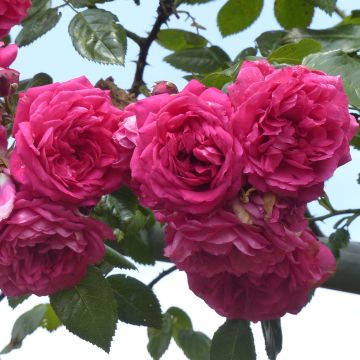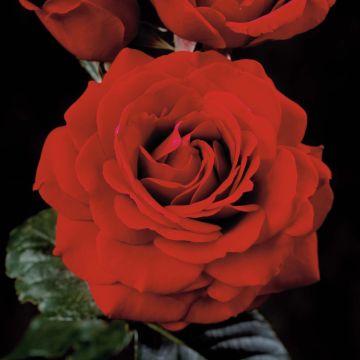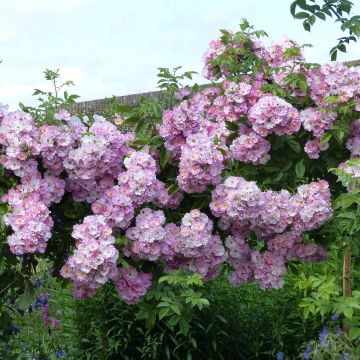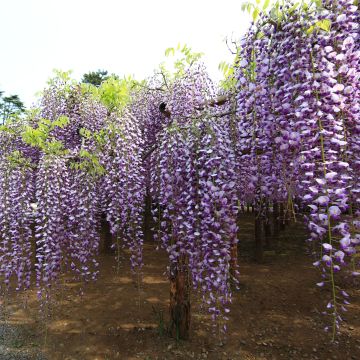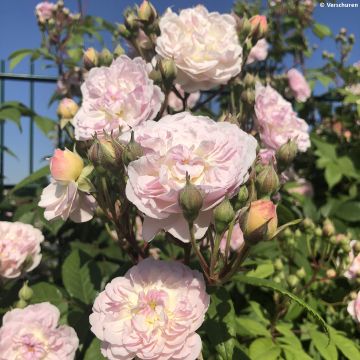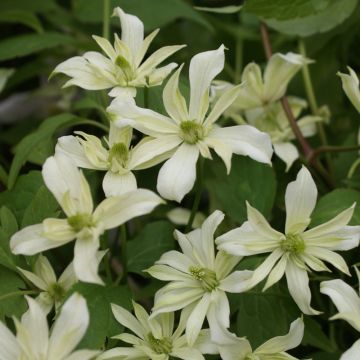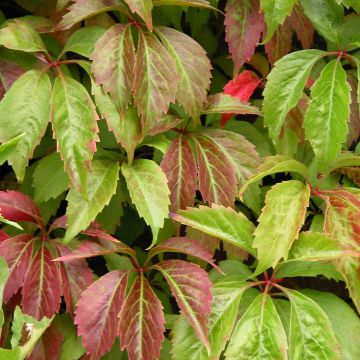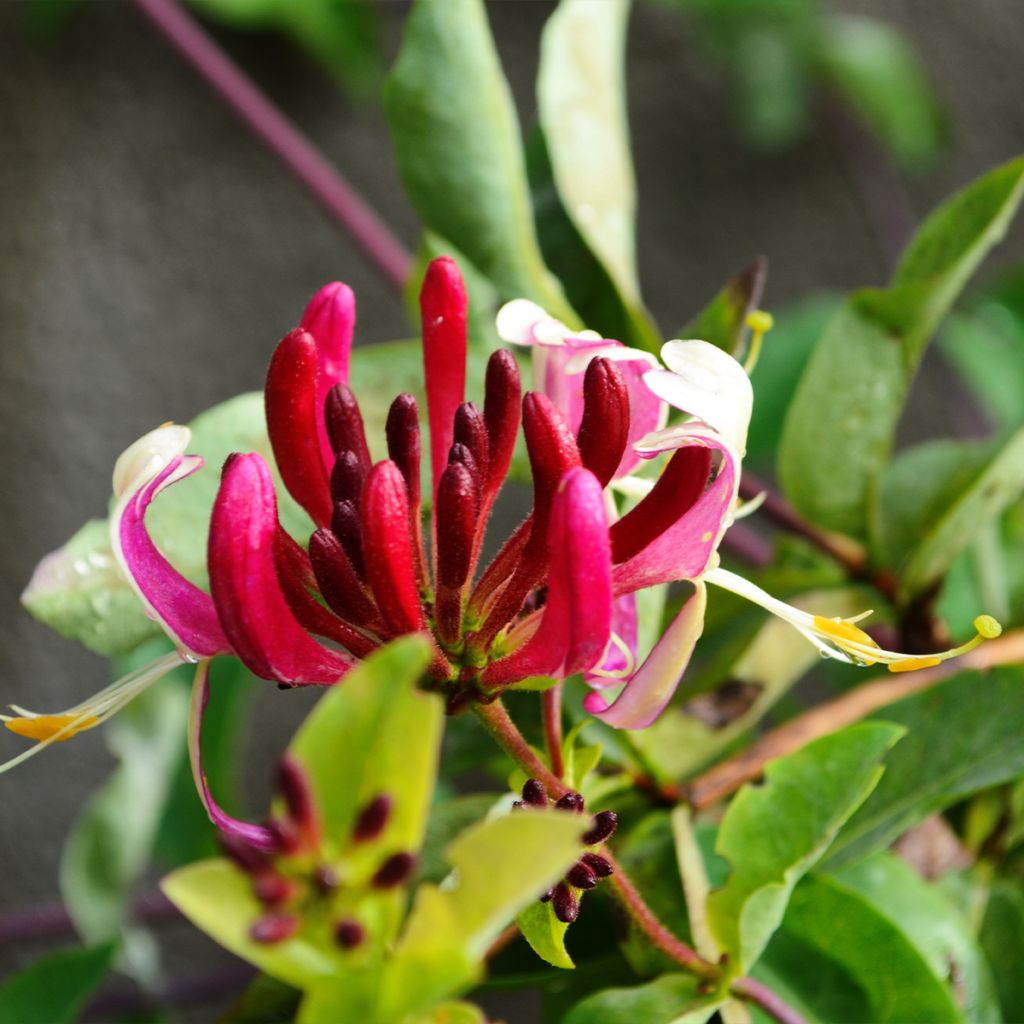

Lonicera japonica Dart's world
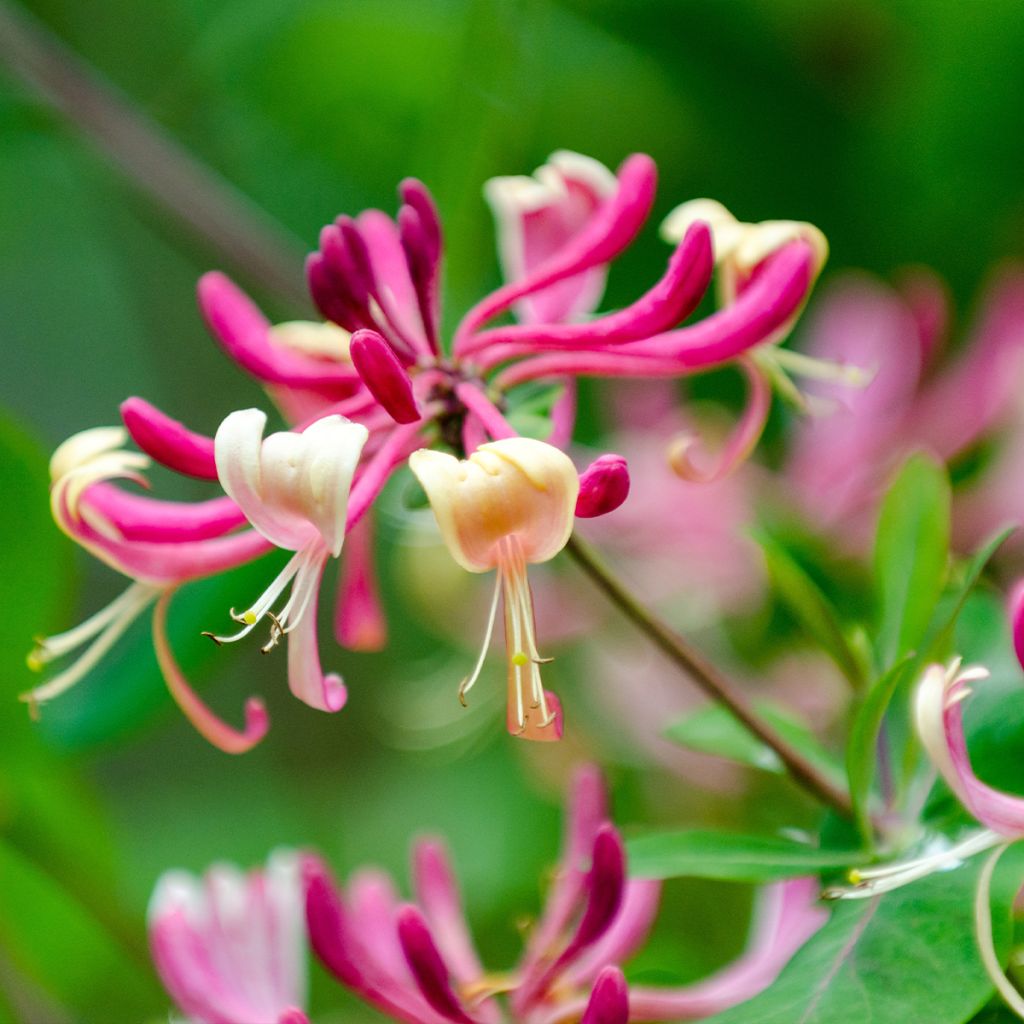

Lonicera japonica Dart's world
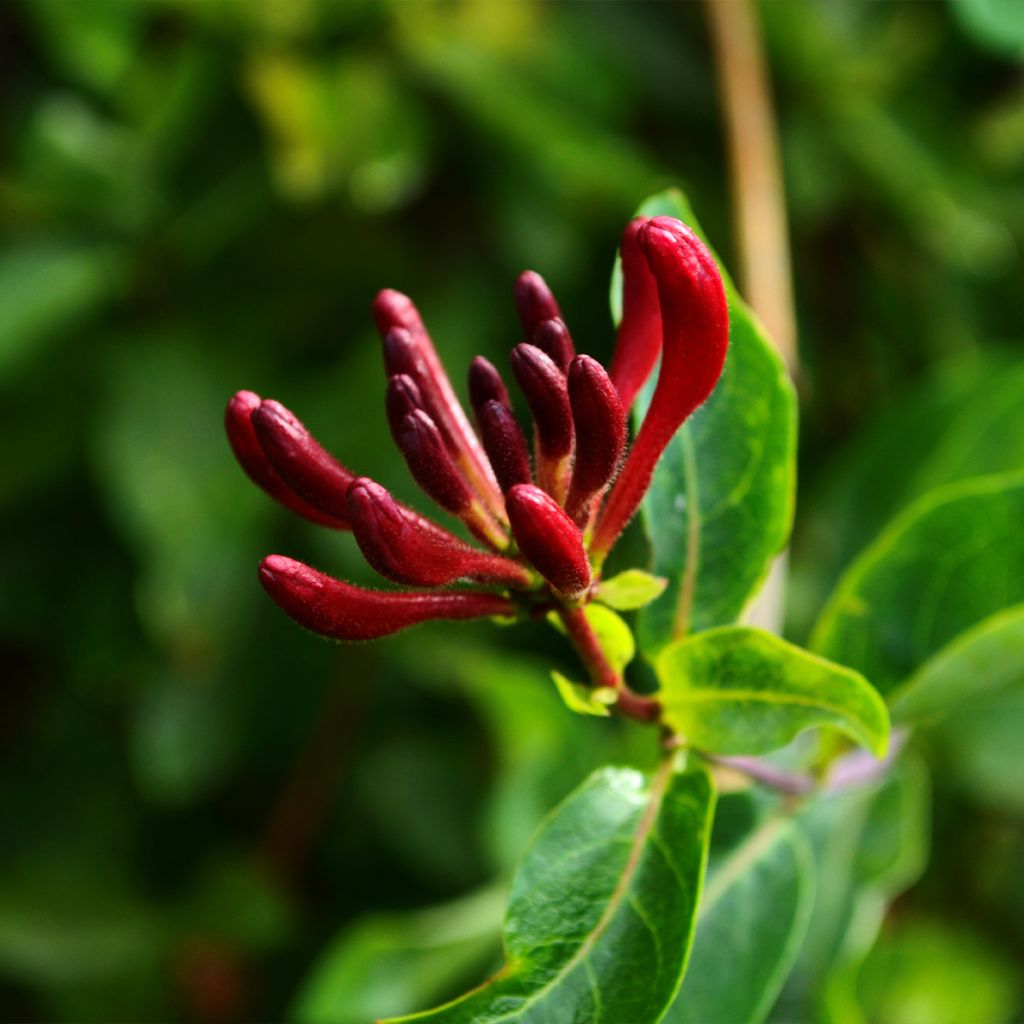

Lonicera japonica Dart's world
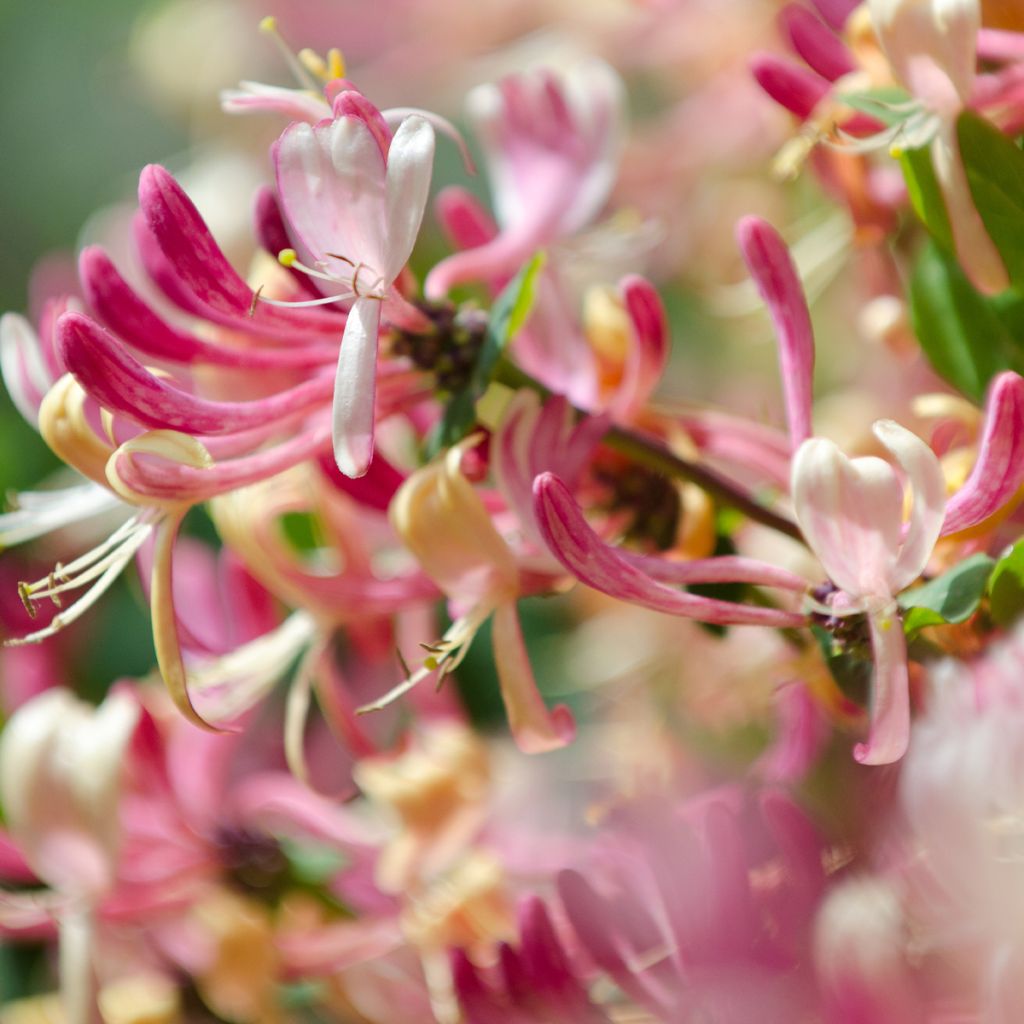

Lonicera japonica Dart's world
Lonicera japonica Dart's world
Lonicera japonica Dart's world
Japanese Honeysuckle, Chinese Honeysuckle
Plant with perfect recovery, beautiful roots but... the first flowering is very pale, quite far from the contrast of the website photos... will see over time.
LN, 19/09/2024
This item cannot be shipped to the selected country
Delivery charge from €5.90
Delivery to Corse prohibited
More information
Schedule delivery date,
and select date in basket
This plant carries a 6 months recovery warranty
More information
We guarantee the quality of our plants for a full growing cycle, and will replace at our expense any plant that fails to recover under normal climatic and planting conditions.
From €5.90 for pickup delivery and €6.90 for home delivery
Express home delivery from €8.90.
Delivery to Corse prohibited: UE law prohibits the import of this plant from mainland France to Corse as part of the fight against Xylella fastidiosa. Please accept our sincere apologies.
More information
Does this plant fit my garden?
Set up your Plantfit profile →
Description
The Lonicera japonica Dart's World is a variety of Japanese Honeysuckle that is very accommodating and easy to grow. Its red and white flowering with yellow accents renews itself for several months. Highly fragrant, it perfumes the long summer evenings in the garden. Its beautiful bright green foliage will persist more or less depending on the severity of the winter. This superb climbing plant will quickly fill any support provided and can also serve as a good ground cover, without requiring much maintenance or special skills. An ideal plant for beginners!
The Honeysuckles are woody plants from the Caprifoliaceae family, which also includes the symphorines, well-known for their pretty berries, or the Himalayan Honeysuckle, less common in gardens, and its beautiful flowering followed by curious decorative fruits. The Lonicera genus includes both climbers, like Lonicera japonica, or our native L. periclymenum, as well as shrubs (L. maackii, L. nitida or the precious L. fragrantissima with fragrant flowers in winter). The Japanese Honeysuckle is a botanical species native to East Asia (China, Korea, Japan). It can be found in thickets, rocky areas, on the edge of woods, and along roadsides. In France, it has naturalized, mainly in the South and West, where it invades hedges. In nature, this plant shows vigorous growth (up to 10m (33ft)), making it suitable for larger, somewhat wild spaces.
The 'Dart's World' variety is much more disciplined, as it, although fast-growing, will reach a height of about 4m (13ft) with a width of 2m (7ft). Its voluble stems wrap around any available support: trellises, arbors, tree branches. They can also effectively cover the ground, as their dense and semi-evergreen foliage (even evergreen in mild climates) leaves little chance for unwanted weeds to grow beneath. The simple leaves, not fused at the base, are ovate and acuminate (pointed at their tips) and are arranged opposite each other. They retain their beautiful bright green color throughout the season and provide a backdrop that enhances the exuberant flowers. These are long tubular at the base and before fully blooming, they resemble very decorative red spiders. They are grouped together by 10 or 12, attached at their base at a common insertion point. The flowers open at their tips, revealing a white upper lip and yellow-tinted stamens, forming a decorative ensemble, measuring 3 to 5 cm (1 to 2in) long. Appearing throughout the summer, from late June to September, they emit a powerful fragrance recognizable from meters away, especially during warm summer evenings, delighting pollinating insects. They are followed by inedible black fruits.
Hardy down to -20°C (-4°F) without any issues, this Lonicera thrives in all types of soil, neutral to acidic or alkaline. Its only requirement is that the soil remains moist in summer while being well-drained in winter. It thrives in full sun as well as in partial shade, which ultimately means it can find its place in all gardens!
Precious for concealing unsightly supports or embellishing a trellis or arbor, this remarkable 'Dart's World' honeysuckle can also be used as a ground cover, an original and very aesthetic practice. It can also climb into a small tree, preferably one that blooms in spring, to enjoy flowers throughout the growing season. Pair it with the Cercis siliquastrum, the Judas tree, with its vibrant pink flowers that appear before the leaves and decorative heart-shaped leaves that turn yellow in autumn. Another magnificent combination would be to let it climb into a 'Royalty' Crab Apple, which combines multiple advantages: abundant fragrant ruby red spring flowers, purple foliage that turns red in autumn, and dark red decorative fruits that last until winter. A royal double with Dart's World!
Report an error about the product description
Lonicera japonica Dart's world in pictures
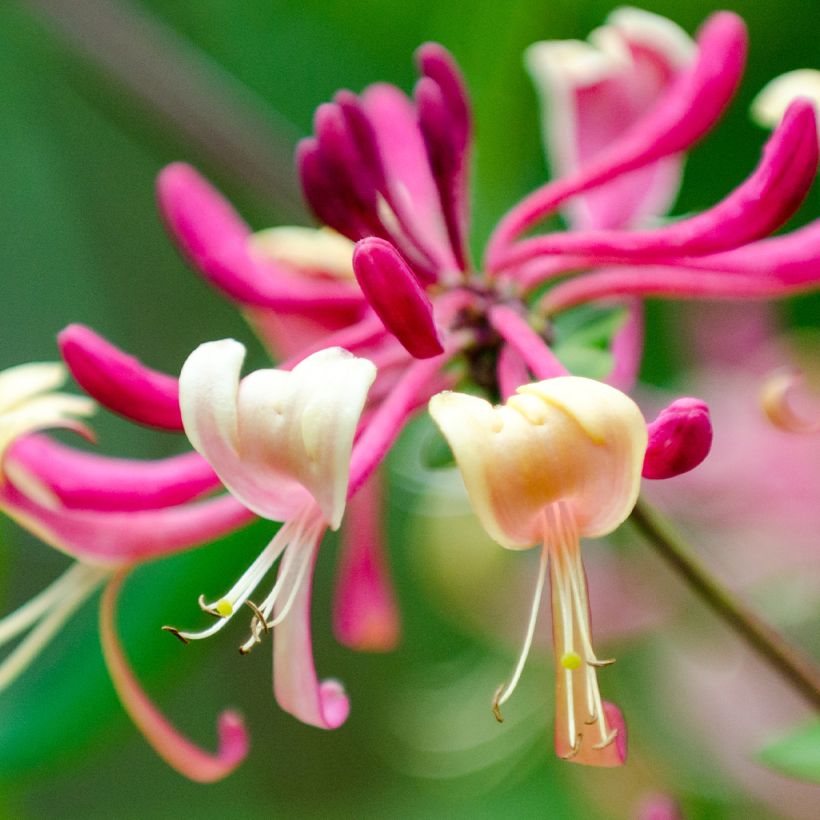

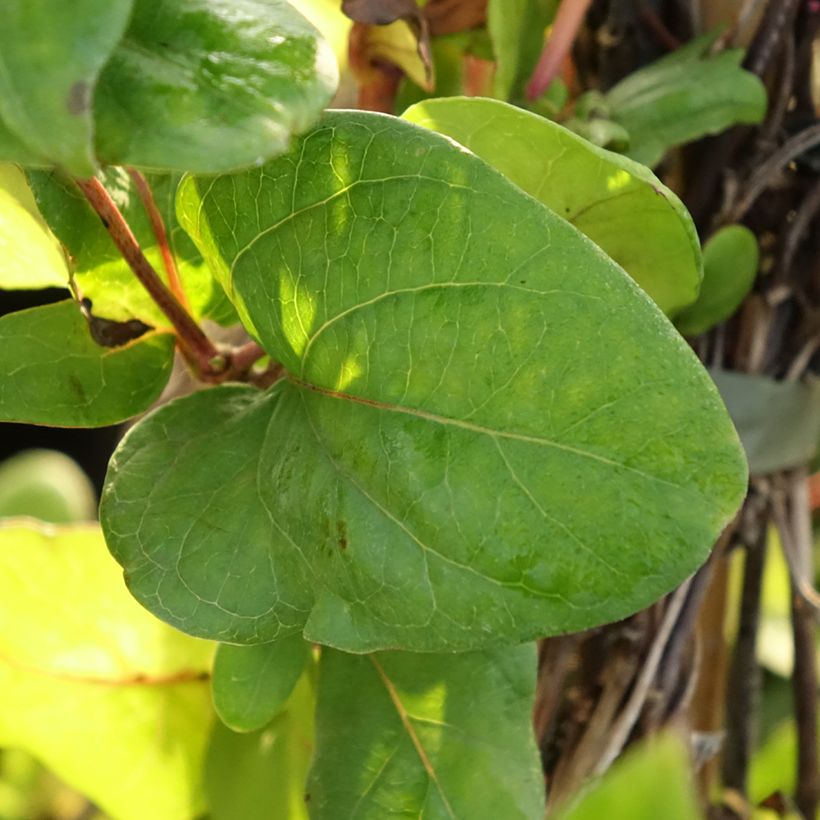

Plant habit
Flowering
Foliage
Botanical data
Lonicera
japonica
Dart's world
Caprifoliaceae
Japanese Honeysuckle, Chinese Honeysuckle
Cultivar or hybrid
Other Honeysuckle
Planting and care
The Lonicera japonica 'Dart's World' can be planted in autumn or spring. It thrives in any good garden soil, deep, but rather rich and fresh, and tolerates limestone well. The first summers need to be watered, especially if the soil tends to dry out. In this case, it is advisable to mulch to maintain sufficient moisture at the roots.
Prefer a sunny exposure to promote flowering, but not scorching. A semi-shaded situation will also suit it, especially if the sun is intense in your region.
Prune annually to maintain an orderly shape. Prune in early winter to avoid compromising flowering, which occurs on the current year's wood. However, it is possible to severely cut back an old specimen to completely renew the framework, especially if it contains a lot of dead wood.
Honeysuckles are hardy climbing plants ideal for quickly covering a wall or arbor. Provide them with support, they will cling on their own. We love them for their long flowering period and wonderful fragrance.
Our advice: Plant them near your terrace or close to a window to fully enjoy their intoxicating fragrance, which intensifies in the morning and evening.
Planting period
Intended location
Care
-
, onOrder confirmed
Reply from on Promesse de fleurs
Foolproof climbers
Haven't found what you were looking for?
Hardiness is the lowest winter temperature a plant can endure without suffering serious damage or even dying. However, hardiness is affected by location (a sheltered area, such as a patio), protection (winter cover) and soil type (hardiness is improved by well-drained soil).

Photo Sharing Terms & Conditions
In order to encourage gardeners to interact and share their experiences, Promesse de fleurs offers various media enabling content to be uploaded onto its Site - in particular via the ‘Photo sharing’ module.
The User agrees to refrain from:
- Posting any content that is illegal, prejudicial, insulting, racist, inciteful to hatred, revisionist, contrary to public decency, that infringes on privacy or on the privacy rights of third parties, in particular the publicity rights of persons and goods, intellectual property rights, or the right to privacy.
- Submitting content on behalf of a third party;
- Impersonate the identity of a third party and/or publish any personal information about a third party;
In general, the User undertakes to refrain from any unethical behaviour.
All Content (in particular text, comments, files, images, photos, videos, creative works, etc.), which may be subject to property or intellectual property rights, image or other private rights, shall remain the property of the User, subject to the limited rights granted by the terms of the licence granted by Promesse de fleurs as stated below. Users are at liberty to publish or not to publish such Content on the Site, notably via the ‘Photo Sharing’ facility, and accept that this Content shall be made public and freely accessible, notably on the Internet.
Users further acknowledge, undertake to have ,and guarantee that they hold all necessary rights and permissions to publish such material on the Site, in particular with regard to the legislation in force pertaining to any privacy, property, intellectual property, image, or contractual rights, or rights of any other nature. By publishing such Content on the Site, Users acknowledge accepting full liability as publishers of the Content within the meaning of the law, and grant Promesse de fleurs, free of charge, an inclusive, worldwide licence for the said Content for the entire duration of its publication, including all reproduction, representation, up/downloading, displaying, performing, transmission, and storage rights.
Users also grant permission for their name to be linked to the Content and accept that this link may not always be made available.
By engaging in posting material, Users consent to their Content becoming automatically accessible on the Internet, in particular on other sites and/or blogs and/or web pages of the Promesse de fleurs site, including in particular social pages and the Promesse de fleurs catalogue.
Users may secure the removal of entrusted content free of charge by issuing a simple request via our contact form.
The flowering period indicated on our website applies to countries and regions located in USDA zone 8 (France, the United Kingdom, Ireland, the Netherlands, etc.)
It will vary according to where you live:
- In zones 9 to 10 (Italy, Spain, Greece, etc.), flowering will occur about 2 to 4 weeks earlier.
- In zones 6 to 7 (Germany, Poland, Slovenia, and lower mountainous regions), flowering will be delayed by 2 to 3 weeks.
- In zone 5 (Central Europe, Scandinavia), blooming will be delayed by 3 to 5 weeks.
In temperate climates, pruning of spring-flowering shrubs (forsythia, spireas, etc.) should be done just after flowering.
Pruning of summer-flowering shrubs (Indian Lilac, Perovskia, etc.) can be done in winter or spring.
In cold regions as well as with frost-sensitive plants, avoid pruning too early when severe frosts may still occur.
The planting period indicated on our website applies to countries and regions located in USDA zone 8 (France, United Kingdom, Ireland, Netherlands).
It will vary according to where you live:
- In Mediterranean zones (Marseille, Madrid, Milan, etc.), autumn and winter are the best planting periods.
- In continental zones (Strasbourg, Munich, Vienna, etc.), delay planting by 2 to 3 weeks in spring and bring it forward by 2 to 4 weeks in autumn.
- In mountainous regions (the Alps, Pyrenees, Carpathians, etc.), it is best to plant in late spring (May-June) or late summer (August-September).
The harvesting period indicated on our website applies to countries and regions in USDA zone 8 (France, England, Ireland, the Netherlands).
In colder areas (Scandinavia, Poland, Austria...) fruit and vegetable harvests are likely to be delayed by 3-4 weeks.
In warmer areas (Italy, Spain, Greece, etc.), harvesting will probably take place earlier, depending on weather conditions.
The sowing periods indicated on our website apply to countries and regions within USDA Zone 8 (France, UK, Ireland, Netherlands).
In colder areas (Scandinavia, Poland, Austria...), delay any outdoor sowing by 3-4 weeks, or sow under glass.
In warmer climes (Italy, Spain, Greece, etc.), bring outdoor sowing forward by a few weeks.

































